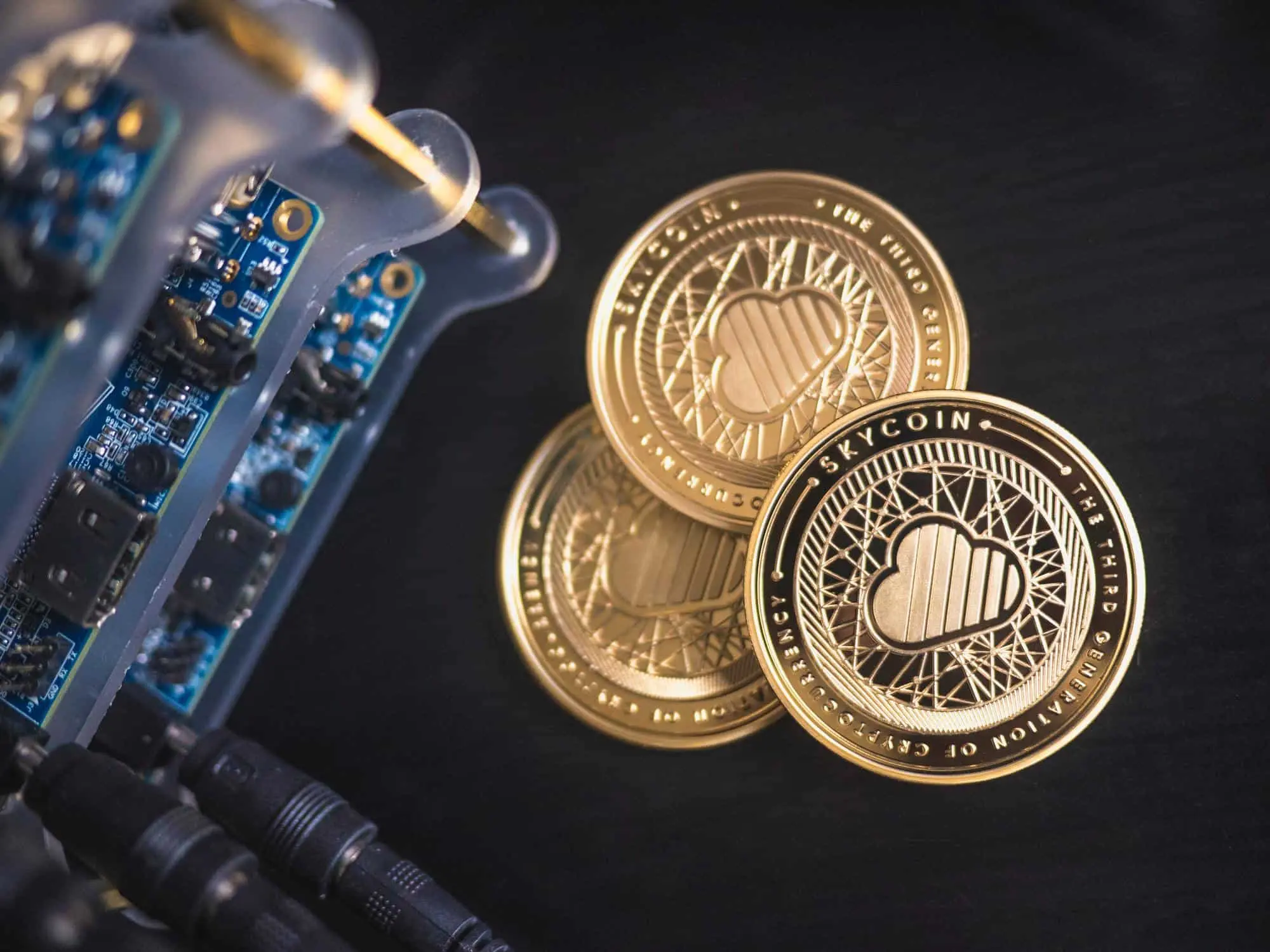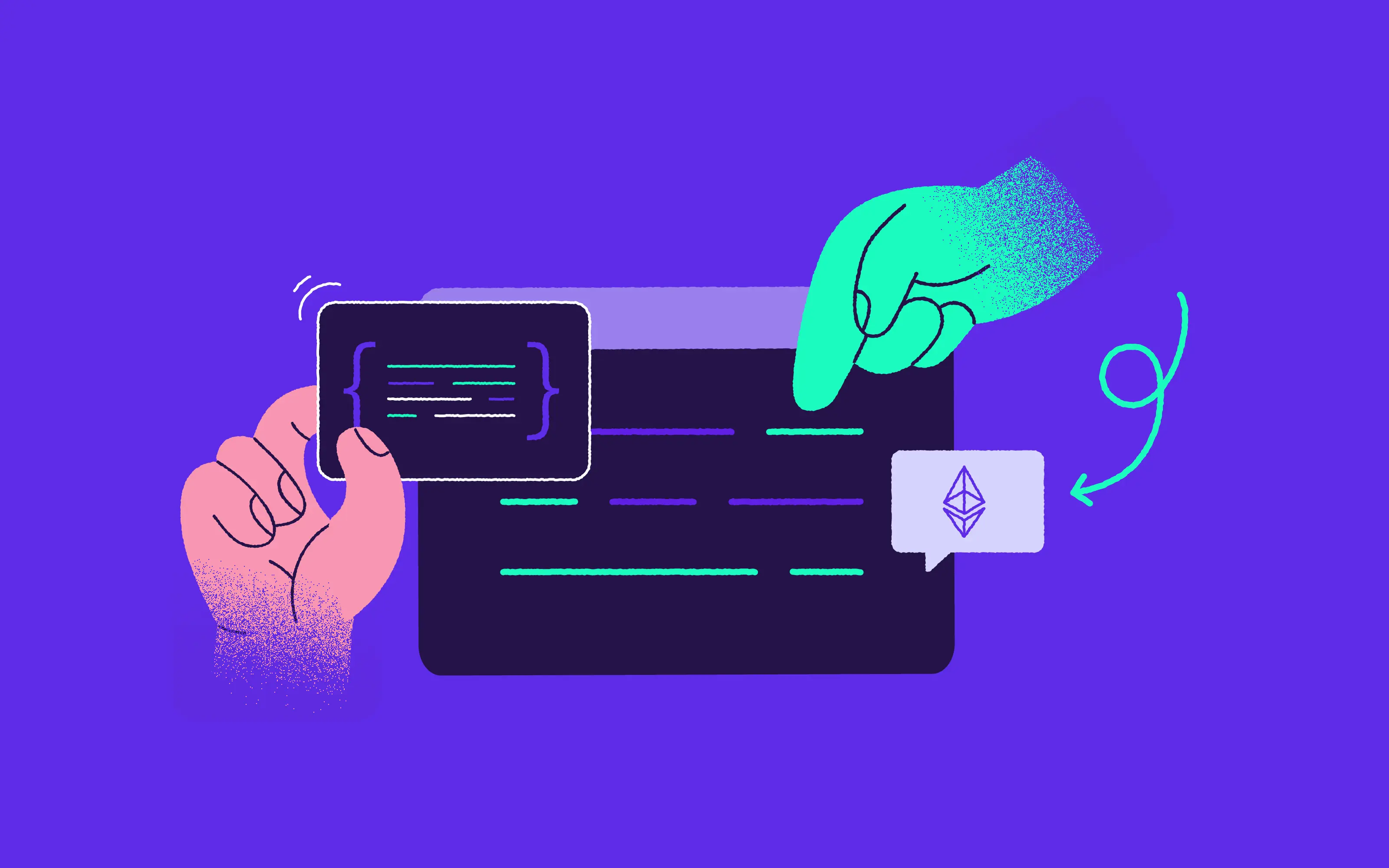
This week, I continue my deep-dive into blockchain to take a look at examples of the real-life application of the technology.
This article is for you if:
- You’re looking to launch a digital transformation project at your company using blockchain
- You want to validate your blockchain idea
- You want to see examples of the real-life application of blockchain projects
- You’re not sure what your team needs to start a blockchain project
At 10Clouds, we have insights into the most common struggles of companies looking to implement blockchain. Operating for 10+ years, we started our first blockchain projects 5 years ago and, over time, we completed 25+ blockchain projects for companies across many different industries.
Note that organizations often consider blockchain implementations to solve problems that are present across all industries. Here are some examples of such issues:
1. Removing third parties and optimizing market
Blockchain solves this problem by offering companies the opportunity to build peer-to-peer networks.
Example use case: Digital marketing
Problem: While third parties charge high fees for marketing services such as ads, companies experience lack of transparency and increasing centralization.
To solve this problem, we need to build a solution that provides the following functionalities:
- Decentralization (not fully owned (but can be governed) by one party. Removing a third party by creating direct peer to peer interactions through blockchain
- A safe payment method to be used by advertisers and publishers
- High transaction speed enabling thousands of daily payments
- Transparency for investment in marketing space
- Anonymity or transparency (if necessary)
Solution:
- A peer-to-peer platform, built on top of a blockchain
- In the platform, advertisers only pay for ads after analyzing traffic sources, and publishers can choose the most suitable ads for their websites and devices
- For payments, we could use the Enterprise Service Chain (ESC) – a blockchain-based tool that facilitates high volumes of simple transactions
- We could use blockchain to ensure anonymity in transactions
Examples of optimized blockchains: Monero, Adshares
2. Optimizing processes between multiple organizations
Companies operating in a group or following mergers can take advantage of blockchain implementations such as digital identity and records, as well as supply chain tools.
Example use case: Law enforcement
Sharing data between several law enforcement institutions is difficult and time-consuming. Older digital tools could take days provide officers with the information they need – for example, in resolving human trafficking cases faster without breaching personally identifiable information (PII) standards.
To solve this problem, we need to build a solution that provides the following functionalities:
- Acceleration of data sharing
- Not breaching any PII standards
- Connecting data with a secure blockchain
- Clear data management
- Persistence (public actions cannot be reverted)
Solution:
- A blockchain-based data sharing platform
- A private blockchain (trustworthy between selected nodes)
- A biometric hash that allows to share no personal information and maintains data security protocols across all involved jurisdictions
- No single organization can tamper with the data stored on the blockchain (in this case a private blockchain solution)
Examples of trustworthy blockchain:
– permissioned blockchain like quorum
– extending private blockchain like hyperledger
3. Purchase verification
Blockchain helps to determine product provenance with digital identity and supply chain solutions.
Example use case: Retail
Let’s say that we would like to verify that a particular commodity comes from a responsibly sourced environment – for example, gold.
To solve this problem, we need to build a solution that provides the following functionalities:
- Trust between all the stakeholders
- Tracking the shipment/supply chain
- Physical redemption
- Conversion to/from cryptocurrency
- Bank certification
Solution:
- Adding an IoT chip to gold bars for supply chain tracking and linking it to an ownership hash (stored on Blockchain)
- Asset cards used as a proof of ownership: stores ownership of one gold bar for multiple owners. Works like hash map, connects owner addresses to their amount of share in gold bar.
- Just in time transfer: allows to speed up gold transfers – without actual sending gold. Imagine you have two gold banks – one in Canada, one in India. If you want to send gold bar from Canada to India – you can use just in time transfer – to transfer the ownership of one gold bar in Canada to another one in India – without actually sending a real gold bar. You are just sending crypto token as proof of ownership.
Examples of blockchain that support smart contracts: ones that build using Solidity or Vyper, ones that work on Ethereum, Quorum, Hyperledger, TRON etc.
Blockchain development in 3 steps
Step 1: Building a blockchain team
Here’s what a great blockchain team looks like:
- An app developer who can integrate with the backend that runs on smart contracts
- A smart contract developer who will create smart contracts
- A blockchain architect who will develop the exact use cases for customer demands and token economics
- Your classic development team
Step 2: Selecting the right blockchain solution
Here are some key factors to consider when selecting the blockchain solution for your business:
- Scalability – how fast should this blockchain be able to scale? Plasma, Lightening or a second-layer blockchains support scalability.
- Support of the blockchain community – are there many resources that will help the team in developing your solution?
- Fit with tech stack product development – is the SDK available for your preferred tech stack if you’re building on an existing product?
- Use cases that will drive transactions – do you know how people will use your application? For example, will users be voting, bidding in the auction, or sending assets? ETH was the first technology supporting smart contracts, Stellar supports the building of marketplaces.
- Private or public blockchain – who should be involved in the transaction process? The difference between Intranet and Internet.
Step 3: Investment
Similarly to an initial coin offering (ICO), a security token offering (STO) is issued to an investor with a crypto token or coin that represents their investment. Contrary to ICO, STO represents the investment contract into investment assets such as funds, stocks, bonds, and real estate investment trusts (REITs). A security token represents the ownership information of the product, and it’s recorded on a blockchain.
STOs offers a hybrid approach between cryptocurrency ICOs and more traditional initial public offering (IPO). STOs are considered as less risky than ICOs because of the laws all security tokens need to comply which enforce accountability and transparency. They’re also legally compliant.
Note that a security token is also backed by a real-world asset, making its pricing easier to assess. At the same time, STOs remove middlemen like brokers and banks – and that’s why they’re cheaper than IPOs. They rely on smart contracts, so there’s no need for extensive paperwork or consultations with lawyers. As a result, the process is cheaper and faster.
When building your solution, it’s essential that you decide upon the right method for raising money for blockchain projects. When choosing between the Initial Coin Offering (ICO) and the Security Token Offering (STO), remember that STO involves:
- Additional authority registration,
- Exchanges that support security tokens are limited
- More complex KYC/AML process for customer verification.
Looking for further articles on Blockchain? You might find the below useful:
The Weather Forecast: Time for Clouds on the Blockchain
New Gutenberg Revolution. How Blockchain Is Changing the World
Are you looking for a team of Blockchain experts to help you take advantage of this technology?
Get in touch with me on dennis.vandervecht@10clouds.com or call me at +48 793 200 141. We have the expertise you need for successful Blockchain implementation.



